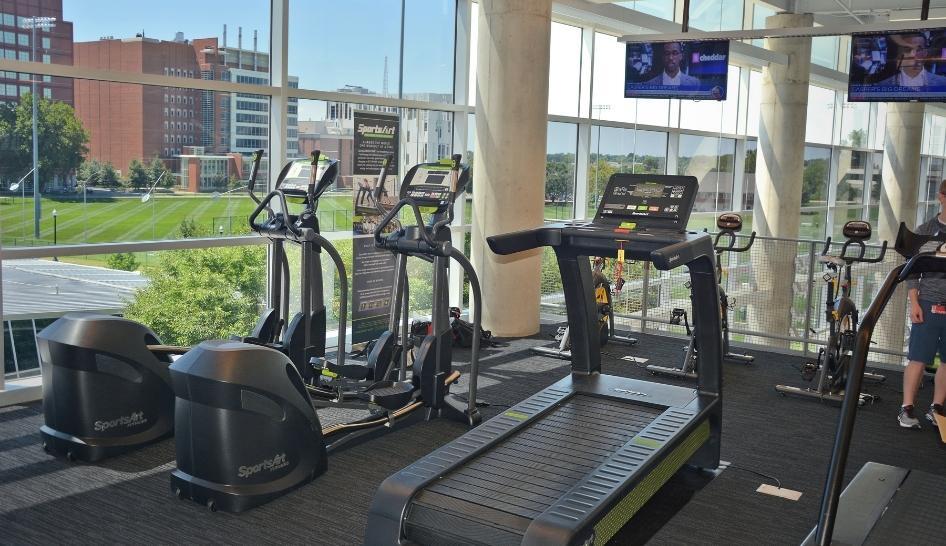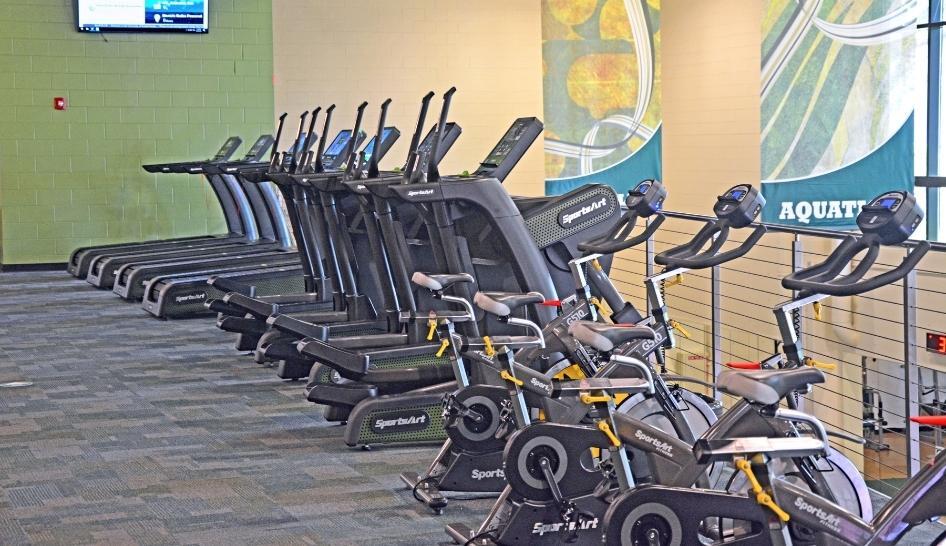Recent studies show that our youngest generations—Gen Z and Alpha—believe the environment and sustainability are truly key priorities. For example, a recent report from First Insights notes that 75% of Gen Zers prefer to buy sustainably rather than go for brand names. And in the case of Generation Alpha—those born from 2010–2024—data from the Stockholm Research Centre reveals that 81% are influencing their parents to shift to more sustainable purchasing behavior.
As the next generations make their priorities known, they’re shaping the world around them in a—unexpectedly—proactive fashion, working to create change now. In the health and fitness industry, SportsArt has experienced the impact of those efforts first-hand.
Students Take the Lead
SportsArt is finding that college students, in particular, have been reaching out to bring more sustainable options to their schools.
“We often receive inquiries from students on our website asking for more information about our ECO-POWR products,” notes Ruben Mejia, executive vice president at SportsArt. “In their inquiries, they state that they would like to see our machines in their fitness facilities and that they’re proposing to some sustainability board or applying for a grant from their Clean Energy Fund or Green Fee that our equipment is needed on their campus because it contributes to the campus’ sustainability mission.”
Typically, he says, students ask about:
How SportsArt’s technology works,
How other universities are using the equipment, and
How they might get help putting proposals together.

